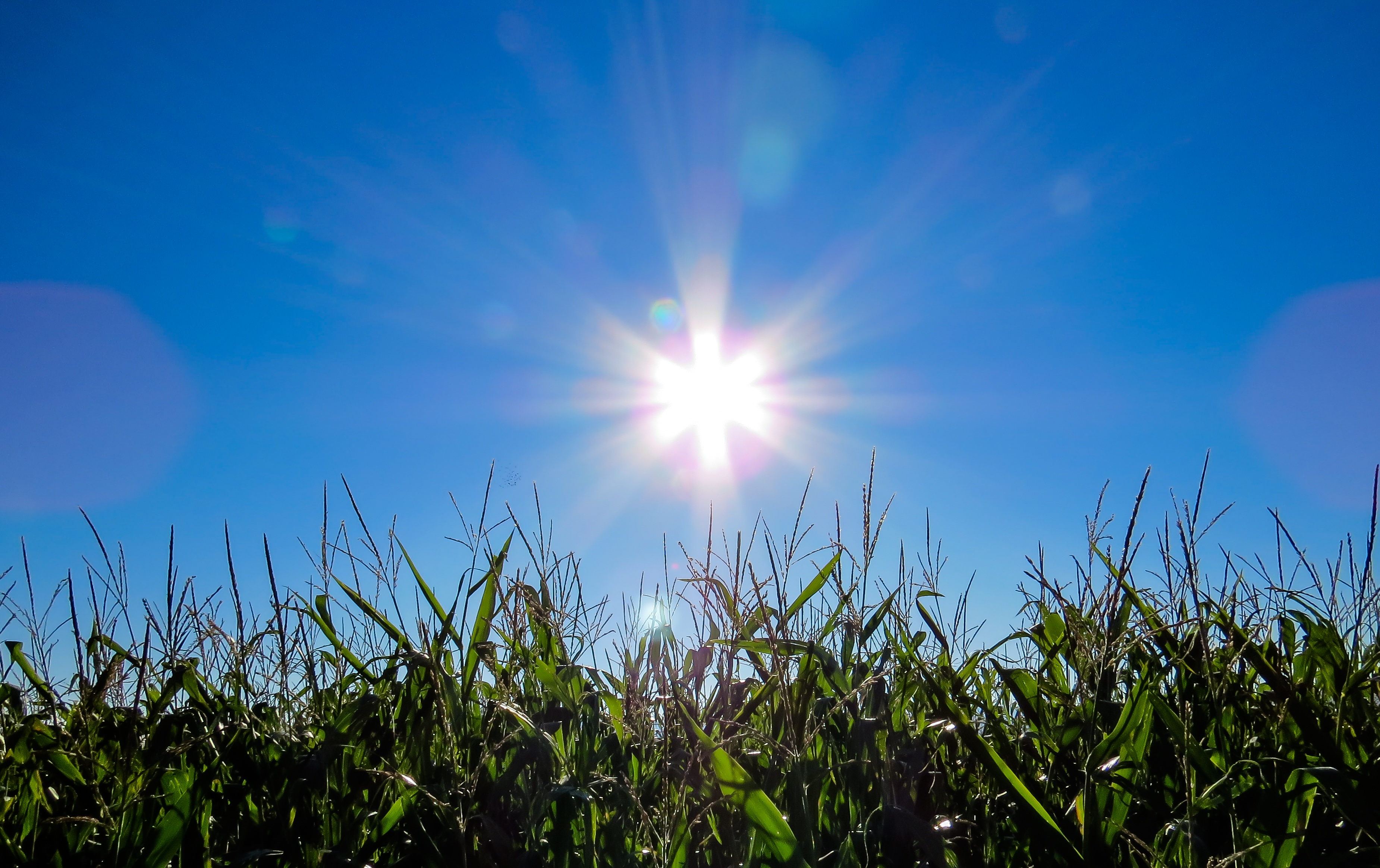
By Erik Wilson
Some of you may recall that last year I grew a non-gmo cotton crop, but the year prior I grew a GMO cotton crop and wanted to educate the public about the two differences and also dispel a few myths about gmo crops.
Like any year in farming, the previous year is never the same as the current one. Weather is the biggest factor followed by insect pressure that affect the bottom line. I know there are alot of folks following us from the Midwest and the way we farm in California is vastly different in methods on how we do things. Not that we farm any better, just illustrating the fact if I took my farming knowledge here and applied it to the Midwest, I’d probably go broke. We need to be mindful that no matter where farming is happening, most likely those who still are doing it today are the best of the best. They are the ones who have mastered how to stay successful in their area.
Unlike most of the country, California receives virtually no rainfall during the period when its growing season is occurring. Because almost all our rainfall comes during the winter months, it must be captured during that time to irrigate crops during the growing season. Because of this unique arid climate during the growing season it is what allows California to grow 400 different crops.
For us, water, and saving as much water as we can is priority number 1. Because of the many regulatory rules limiting storing water, and also the fact that California still has not added any meaningful water storage since the 70’s, whatever we decide to grow we have to manage the crop in a way the limits any competition with the crop we grow. In the fresh food industry, as well as cotton it is vital to have clean fields because weeds can be attractive to harmful insects that can cause diseases, and fruit loss. There are reasons behind all of this.
Let me explain, I’m a firm believer in doing whatever I can to keep my soil as healthy as I can. I rotate crops that wont make much money for the purpose of keeping the ground healthy. Manure, compost, gypsum, sulphur, are all products I use regularly. But when it comes to actually growing the crop, I cant grow anything other than the crop itself. Any weeds that grow, will consume water, will consume vital nutrients for my plants. When it comes to cotton, weeds also lower the price of your cotton lint if it contains weed matter and leaves. So what tools does a farmer have to keep weeds out of the fields? What are the costs associated with keeping fields clean? These are just a few things one must consider before purchasing seed that fits your operation.
For me, I had grown honeydews, vegetable seed crops, beardless wheat, and prior to when I planted my GMO cotton 2 years ago. What was my reasoning behind planting cotton, what was my reasoning to plant the GMO crop?
After years of growing the aforementioned crops, I never applied any pre-emergence products, or even post-emergence products on those crops. But my options were few on what crops I could grow next. Milk prices were down so forage crops didn’t look promising, growing alfalfa was too risky for me because I have no well and with the drought we were in that crop wasn’t an option. I had already grown some short season crops to get me through the drought that used less water, like honeydews, but you shouldn’t grow melons back to back seasons because of the risk of diseases. So cotton fit my operation and I used the GMO crop on purpose as a tool.
Prior to roundup ready cotton, many different herbicides are needed, plus you still need hand crews to weed the fields because the herbicides you can use dont really cover all the weeds that will plaque you during the growing season. Contrary to many myths the Non-Gmo crop I grew last year, it was quite a bit more expensive for the seed. 400 dollars for a 50lb bag of non gmo seed, compared to 285 dollars for Monsanto’s RR seed. And no I didnt get forced into a contract that I cant get out of. Farmers not only are able to sell cotton lint, but we are paid for the seed thats left behind after the cotton is ginned. Monsanto doesnt get my seed or prevent me from being paid for the seed. They do however prevent you from keeping seed to plant the next year. Some folks have tried to use that info as if they are hurting me by not allowing me to use seed from the crop I grew to be used the following year. The truth is, I would in no way want to use seed from crop for the following year. Why? Because I have no idea what the germination rate will be from those seeds, and if its a hybrid seed, who knows what kind of seed I would even have. So for me the seed from my crop is of more value when I get paid for it from the Cotton Gin. But here’s the deal, I had 4 years of virtually zero herbicide use and my field was starting to get foul with weeds. So I used the opportunity to grow the GMO crop to clean my field up. Roundup was the only herbicide used during the season.
So last year I decided to Hazera 1432 a Non-Gmo variety. I grew this variety because, again, it fit into my operation. Having my field cleaned up, I can grow a more expensive crop, a crop that can profit me more if I can have limited weed issues. So I took the risk to grow that crop, and without being able to use roundup I had to hand weed the field twice, I still had to use multiple herbicides which included, Treflan, Dual Magnum as a pre-emergence, and Staple as a post-emergence herbicide, and used another post-emergence herbicide called Arrow more than once. Luckily I still kept my cultivation passes the same vs the prior year so I didnt spend any more on fuel on that, but I spent more on herbicides and fuel needed to apply them, than i did the year prior.
At the end of the day the Hazera crop was just slightly more profitable than the GMO crop. The profitability was affected more from the weather than costs of growing crops. I made 4 bales per acre on my short staple GMO crop, but only 3 bales on my Hazera crop, but its a long staple crop that commands a much higher price. The difference in yield was huge but Hazera crops the year before were in 4 bale range in my area. So its hard to have apples to apples comparison because weather is something we cant control and it influences production and profitability more than anything else.
Conclusion, the Hazera 1432 crop is more profitable even with more herbicide use and labor. Im growing it again this year and hope to use less labor and herbicides. Why? Because i have one daughter going to college and another right behind her. Next year I look to get back into the vegetables again.
By Erik Wilson

Erik Wilson is one of the Founders of My Job Depends on Ag. He is also a Father, Farmer, Small Ag Business Owner, Friend, Public Speaker and Ag Advocate. His mission has been to to show how many people’s lives are related, connected and, most importantly, dependent on agriculture.
Visit the Website: My Job Depends On Ag
Follow on Facebook: My Job Depends On Ag Group Forum
Contact: erik@myjobdependsonag.com

